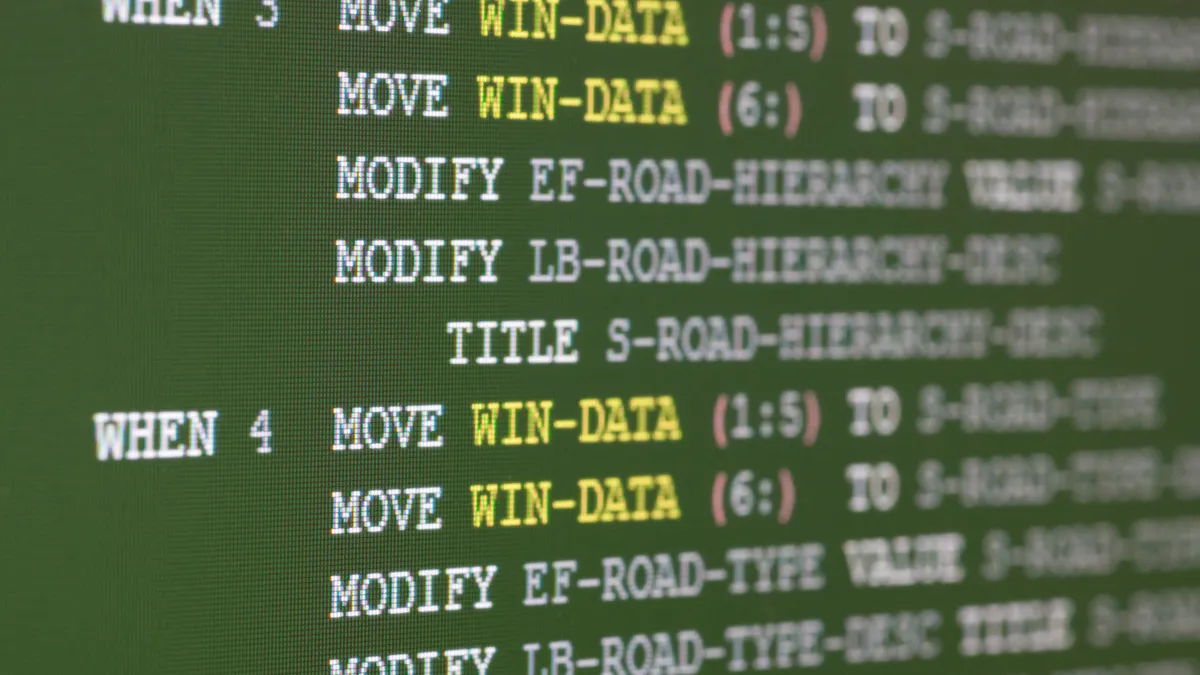Dive Brief:
- Refactoring mainframe applications commonly results in failure on the first try, according to a Forrester survey of over 300 IT professionals commissioned by Rocket Software.
- Nine in 10 rewrite projects don’t succeed on their initial attempt and more than half of respondents said multiple failures stalled broader digital transformation initiatives. Mainframe skills gaps, complex integration strategies and inadequate tools were the most common reasons for misfires, the survey found.
- “Almost everyone in the mainframe space recognizes that these are not toy workloads,” Phil Buckellew, president of Rocket Software’s infrastructure modernization business unit, told CIO Dive. “They are the core of everyone’s business.”
Dive Insight:
As enterprises grew their cloud estates, many left core applications humming along untouched in mainframe environments, some out of necessity and others by design. The end goal, however, is to harmonize IT across seamless hybrid ecosystems with mainframe and cloud running side by side.
A majority of enterprises favor hybrid cloud for managing applications and data, according to a Vanson Bourne survey of 1,500 IT and platform engineering decision-makers. Nearly half said hybrid was their CIO’s priority.
“Even if you're coming from the hybrid cloud side, mainframe is the standard for core business transactions,” Buckellew said. “The mainframe is keeping the planes in the air, the trains moving and the credit card swipes happening.”
Companies remain invested in the hybrid ideal as a prudent strategy for modernization without the shock of runaway cloud bills. Cost-conscious CIOs want each application running in the most efficient environment.
Most organizations — 56% — want to modernize mainframe applications to ease interoperability with cloud deployments, Forrester found. Only a little more than one-quarter of respondents were looking to remove applications from mainframe systems.
Wholesale rewrites are high risk, according to Buckellew. The strategy that works best for mission-critical apps is to minimize potential disruptions with incremental upgrades.
“Starting from scratch and rewriting the apps rarely goes well,” Buckellew said. “It can lead to massive cost overruns and it can take years. When you’re in a long rewrite project — that’s when bad things happen and projects get canceled.”














